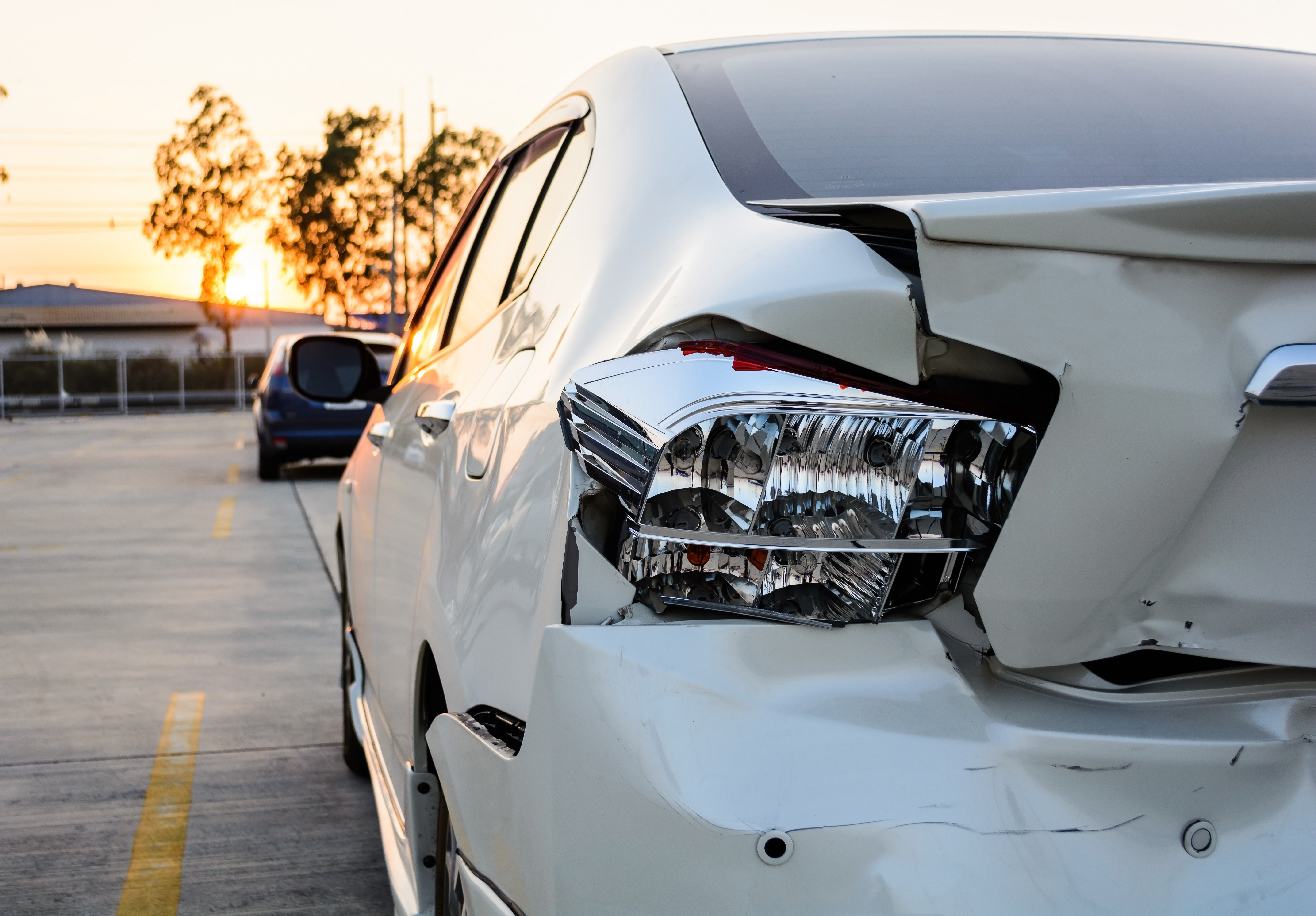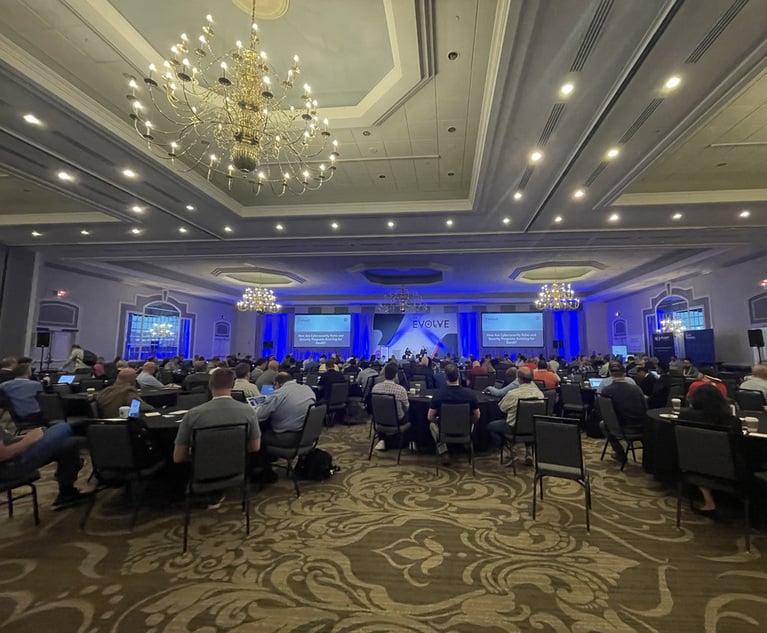In the past 10 years, more complex automotive technologies have made the roads safer for drivers, directly affecting insurance premiums. By harnessing big data, which is primarily used by companies to capture client information, insurers are now able to offer more accurate actuarial practices and better forecasting of risk trends.
And there is even more happening in the world of insurance technology.
Take a look at what you can expect technology to look like in the coming years and how it could affect the insurance industry.
The Director of Global Claims with Aon Risk Solutions, Jennifer Peck discusses the global claims landscape at the 19th annual America's Claims Event, June 17-19 in Austin. For more information, click here and use Code PC360AE & Save $100.

Telematics
Telematics combines computers and wireless technology to stream information across multiple platforms, which can then be used for analysis.
Think of a Fitbit as a telematics device, and as someone burns calories or walks so many steps, it syncs that information to their phone, computer and tablet for them to look at and analyze in the future.
Insurers use telematics in a very similar way.
In 2012, State Farm partnered with Ford via the car company's Sync system. Information such as how long the car went over 80 miles per hour or how quickly the driver hit the brakes is sent to State Farm to create a pay as you go policy, specifically tailored to individual drivers.
But telematics doesn't need to stop there, said Ernie Bray, CEO of ACD, a technology and claims solutions company based near San Diego, California.
"Beyond simply radically changing the dynamics of auto insurance rates, telematics and the wealth of data accumulated can alter the way auto claims are handled," said Bray. "First notice of loss could happen instantly without the customer even making a telephone call. Data from sensors would instantly report details including location, panels and parts damaged and potentially instant estimates. Furthermore, current black box systems for accident reconstruction are difficult to review and specialists are needed. With newer applications coming into the market, data will be easier to parse allowing adjuster access to information they never had before such as speed, location, braking, exact moments in time."

User-Based and User-Focused
Customers want more control over their policies. Not only that, they want more direct control of how things are done when processing claims.
The millennial and do it yourself (DIY) generation has forced insurance companies not only to alter their transparency and website navigations, but also overhaul on how they do business with their customers directly.
Insurance companies are starting to offer mobile applications that can help in offering quotes, reporting claims, accessing information and even allowing customers to summon agents to their home.
"Mobile technology has the potential to alter the entire claims experience," said Bray. "With connected vehicles and mobile solutions, policyholders could file claims, transmit live vehicle data, and capture images and loss investigation information all through enhanced mobile technology. This could speed not only the inspection of a vehicle which is just now beginning to become commonplace but can significantly speed up the entire claim for the handing adjuster. Much of the footwork done in the past through phone calls, police reports and traditionally adjusting could be enhanced with wealth of vehicle data."
Want to continue reading?
Become a Free PropertyCasualty360 Digital Reader
Your access to unlimited PropertyCasualty360 content isn’t changing.
Once you are an ALM digital member, you’ll receive:
- All PropertyCasualty360.com news coverage, best practices, and in-depth analysis.
- Educational webcasts, resources from industry leaders, and informative newsletters.
- Other award-winning websites including BenefitsPRO.com and ThinkAdvisor.com.
Already have an account? Sign In
© 2024 ALM Global, LLC, All Rights Reserved. Request academic re-use from www.copyright.com. All other uses, submit a request to [email protected]. For more information visit Asset & Logo Licensing.








